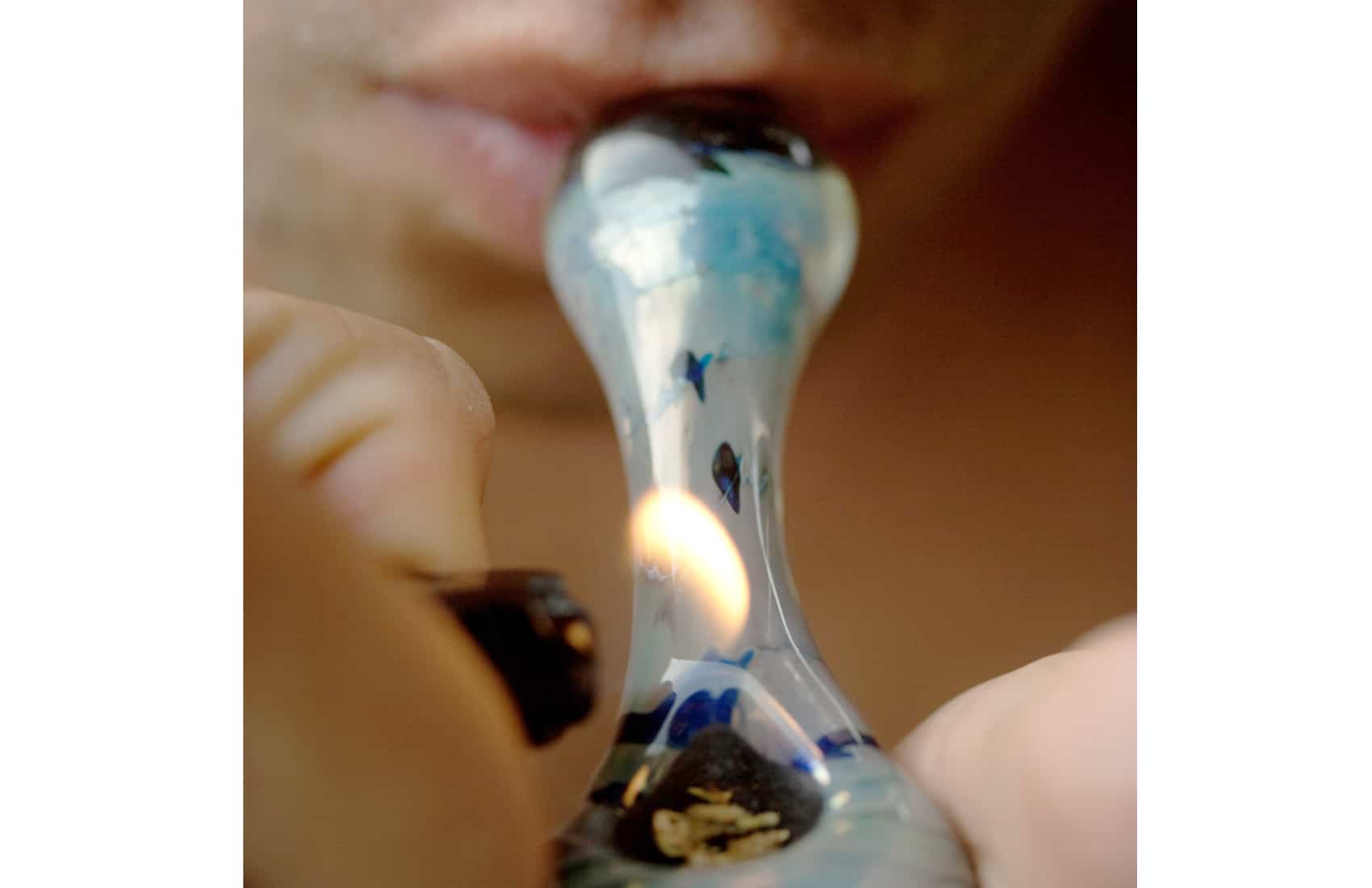A study by the Adolescents’ Clinic at the National Children’s Hospital conducted among 3,373 high school students in the Greater Metropolitan Area indicates that the number of marijuana users increased from 1 percent in 1991 to 10 percent in 2006, and to 15 percent last year, according to the Social Security System, or Caja.
Clinic director Alberto Morales Bejarano said they are very concerned about the situation as the study also shows that marijuana is perceived in many sectors of society “as natural and harmless, and because most users refuse to acknowledge the physical damage that occurs in young people, whose brain maturation process has not completed.”
Data are consistent with the results of another study released earlier this year by the Alcoholism and Drug Abuse Institute (IAFA), which reported consumption of marijuana by high school students at 14 percent.
IAFA conducts the study every two years in order to measure consumption among schoolchildren, the most common period to start using drugs. Their latest investigation was conducted among 5,508 students in 50 schools in 2012.
“It’s worrisome. Many of the respondents said they use marijuana because it is natural and less harmful than tobacco. But the truth is that you cannot talk about recreational use of marijuana before age 25. An adolescent’s brain is not fully developed, and the damage caused at these ages is greater. Brain damage is irreversible in this population,” Morales said.
Paula Picado, psychologist at IAFA’s Adolescent Center, agreed with Morales and added that damage to the neurotransmitters in the brain occurs even from the first time a person smokes marijuana.
“Studies conducted on teenagers show damage caused by marijuana includes memory loss, lack of concentration and shorter attention spans. It also reduces by up to eight points the intellectual coeficient and affects skills in common tasks such as planning, anticipating, predicting and making decisions. It can trigger panic attacks, anxiety, distress and depression, and there is a proven relationship between the age they start using the drug and the severity of effects suffered, as their brains are not fully developed,” Picado said.
Other drugs
The Caja’s study also found a slight drop in consumption of other substances including alcohol, tobacco and illicit drugs, with alcohol remaining as the favorite substance for abuse among high school students.
Active alcohol consumption decreased from 21 percent in 2009 to 20 percent in 2013, and 53 percent of surveyed students reported drinking an alcoholic beverage at least once during their life.
More than 60,000 students are actively drinking alcoholic beverages and 53 percent said they abused alcohol during the two weeks prior to the study.
Consumption of tobacco among students decreased from 8.95 to 6 percent during the same period, “possibly due to the entering into force of the anti-tobacco law, which prohibits selling to minors and selling of individual cigarettes,” Morales said.
In addition, six percent acknowledged consumption of other drugs including pills, synthetic drugs and hallucinogenic mushrooms. Of that number, 11 percent admitted they had experimented with heroin.
“We did not get any results for heroin on any of the previous studies, therefore we must pay close attention to this,” Morales said.
Caja experts recommend parents and educators help keep students informed, as studies show that if a young person has managed to avoid drug use by age 15, they are more likely to avoid it in later years.






